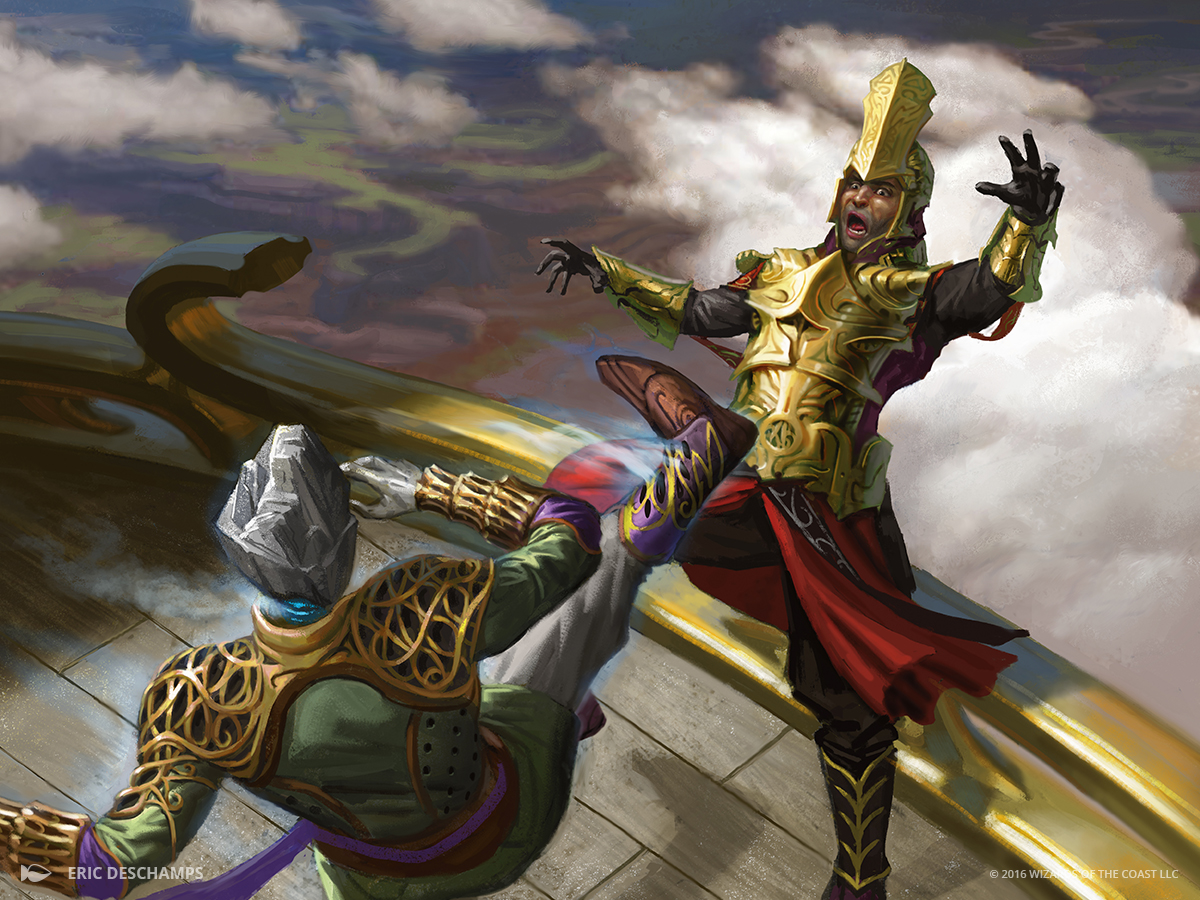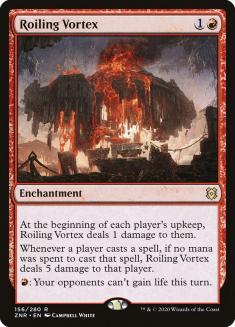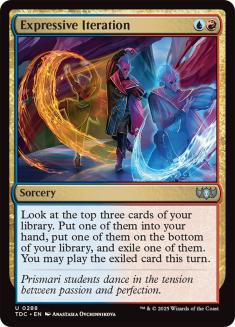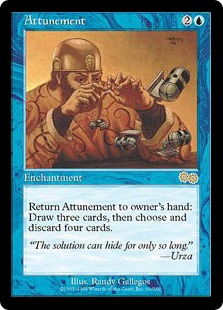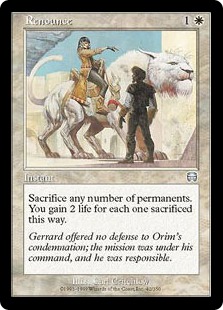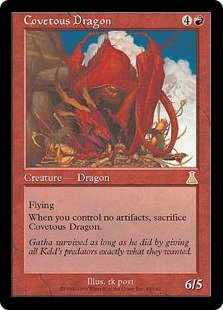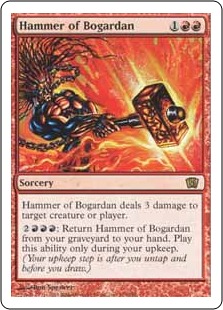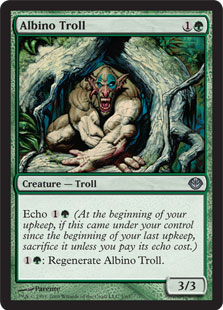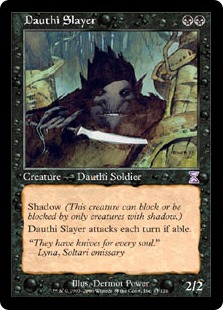Hello, and welcome to this edition of Sullivan’s Satchel. The Modern Horizons 2 previews keep rolling in, along with the announcement about various foils, alternate frames, alternate art, and maybe alternates of two or more of these categories? Maybe something else I’m forgetting? In any event this has led to concerns about an over-proliferation of alternates, often in different adjacent releases, sometimes using language used for previous releases but in a different context this time around. I’m definitely sympathetic to dealers and vendors who need to categorize this stuff, and for general concerns that buyers and sellers are going to be confused (maybe even positioned for exploitation) by the volume of different categories.
In terms of “this is too much” or “people can’t keep track of this,” I’m less concerned. I believe Wizards of the Coast (WotC) has unlocked something special with these alternate printings. It gives collectors a nearly limitless place to put resources, and since the value of a pack or box primarily rests with these cards, it makes “normal” cards more affordable for people who just want to play.
It also alleviates pressure on design to “push” a certain number of cards to make sure the set is desirable enough, to whatever extent that pressure exists. It’s also very early on in this exploration and I think there’s a lot of value in experimentation, particularly for releases that are already a bit niche or expensive. Maybe this isn’t the ideal landing spot but the market will bear that out if it’s the case and I think these variants are major upside for collectors and players both, so it’s worth a bit of awkwardness to find out the ideal configuration going forward, even if this isn’t it.
With that, the questions. As always, you can send in yours to [email protected] or DM on Twitter @BasicMountain. They get answered depending on their quality multiplied by my mood, and one winner each week will receive $25 in SCG credit, along with the honorary title of Question of the Week™.
From Friend of the Satchel™ Ben Seitzman:
I haven’t played any in about a year. Occasionally, with a little wine and [REDACTED] in me I would fire up a League, and if I cobbled together a record of 3-2 would loudly declare myself the undisputed greatest Magic player of all time, and then log off. Those 3-2 performances got progressively harder and harder, and Oko along with Uro sent me into a temporary retirement. I played Reanimator for a while, which I’m fond of, but its not something I think I could play for the next half-decade and feel satisfied. I’m considering picking up Burn again.
A fundamental issue is that no matter what land your opponent plays on the first turn you’re pretty sure you can’t win. That’s not a great sign. You’re soft to Daze, Mox Diamond, Chalice of the Void, pretty much any combo, and Counterbalance, the sum of which represents about 99% of the metagame. That’s not a great foundation, but we wouldn’t be doing this exercise if we were primarily concerned with winning, so let’s put that aside for argument’s sake.
The most appealing new addition is Roiling Vortex. It’s ostensibly everything you’d want in a metagame card with wide coverage — anti-lifegain, anti-free spell, functional in matchups that aren’t about either of those things, plus cheap enough that you aren’t straining your land count by playing it, even Game 1. I suspect the card is too slow to make the cut, but I’d be interested in seeing if there’s anything there.
People have asked me about Expressive Iteration, but that card sort of necessitates a third mana (or a density of free spells) to squeeze out the second card, and that’s a tough ask for your average Izzet Delver list. Maybe there’s something there, but I’m guessing more as a one- or two-of, rather than something to build around.
Nothing else really jumps out. I think this is for the best — the incentives for Legacy Burn are pretty perverse and any card printed in a Standard-legal release that could slot in is probably suspect. But there are a few sideboard cards if nothing else, and Roiling Vortex could be worth maindeck exploration regardless.
From former SCG Tour broadcaster, Joey Pasco:
Two answers come to mind: one, as you’ve called out, writing out the text box for anti-targeted discard is really unwieldy. Even the text box you wrote out has some splash damage (occasionally you reveal your hand for reasons other than targeted discard), and cleaner text boxes are likely to have even more splash damage, or failure to capture everything.
The second, and non-intuitively, is the person using targeted discard is actually more worthy of protection than someone using “choose and discard” effects. This doesn’t make sense on first blush, but someone using a Duress or Thoughtseize is (at least some amount of the time) concerned about what you might be doing, and is using a piece to surgically remove an option you have. That can be frustrating, but it isn’t intrinsically bad in small doses. Someone using Liliana of the Veil, Ravenous Rats, Smallpox, Kroxa, or analogous cards is way more likely to be trying to generically attrition all resources out of a game, which is a more insidious play pattern than targeted discard, and therefore more worthy of extremely powerful response. I think the first bit matters more in practice than this, but it’s worth calling out this element as well.
From Peter Leja:
One-mana removal is extremely dangerous. A lot of competitive Constructed games can be summarized as “Player X was the first one to make two good plays in one turn,” and cards like Swords to Plowshares and Path to Exile do that very reliably. The more that these play patterns emerge in Constructed, the more likely the response is to not play with creatures altogether. It takes very little here to make a big mess of things.
There are some good examples. Shock is good against cheap stuff, and that it can go upstairs or at planeswalkers makes it at least serviceable in its non-ideal matchups. Bloodchief’s Thirst can keep your head above water early, and deal with anything later, but both rates are modest enough that if you really want either one thing or the other there are better options. Fatal Push handles cheap stuff no questions asked, larger stuff with some work/counterplay, and has some major gaps to the biggest stuff. All these cards show up in Standard when legal, so I’m not just pointing to “unplayable” cards as proof-of-concept of “the right way.” It’s just very hard to get right, and the downside is huge.
I think the game is at its most satisfying when its the battlefield, both players engaging, and so it’s actively good to make a bunch of stuff where the ideal solution isn’t “kill it for less mana than your opponent paid to cast it.” Removal still shows up a bunch in Standard, but not as a play pattern onto its own. Part of that is letting the three- and four-mana threats be good sometimes, and one-mana removal that catches it reliably runs the risk of making that entire class of card unplayable. Best to tread lightly in that space.
Lastly, the Question of the Week™, and winner of $25 in SCG credit, from Zachary Broderick:
Shoutout to Hammer, hope his guns are still huge.
I had exactly the same opinion you have about the exact era of Standard you mentioned here. It isn’t just fiction — those decks played a wide array of cards, and plenty of those cards were “bad,” but filled a role. Attunement, Renounce, Opportunity, Covetous Dragon, Hammer of Bogardan, Albino Troll, and Dauthi Slayer all filled out the ranks of the decks in question, sometimes due to filling a specific role, sometimes due to a lack of better options. For people who like a range of power level inside of Constructed decks, this is a positive thing.
There are two issues here. One, I’m not sure how different these decks are in practice. Yes, the cards are wildly different, but each of these decks can be summarized as “kill your opponent before they take a meaningful game action” or “prevent your opponent from playing cards.” Sometimes the details of interaction matter — Shock is good versus Suicide Black but not Wildfire, Duress is the opposite — but it’s the same puzzle over and over again, just with slightly different presentation.
These decks also play horribly. Like, your opponent is dead on Turn 2 or they blow up all of your lands. Maybe the matchups are close in terms of who wins and how often, but they aren’t close in terms of the individual games being close. The replayability is low. What’s the actual fun here?
Sometimes I do wish there was more breathing space for fringe cards, and I think the amount of times “the best cards on curve” has been the best deck in Standard the last few years isn’t the ideal target. There is novelty in straining to fill out your deck, or having to make due with less than ideal options in certain games. But even though those decks appear very different in terms of decklists, I think the diversity is a lot of illusion.

